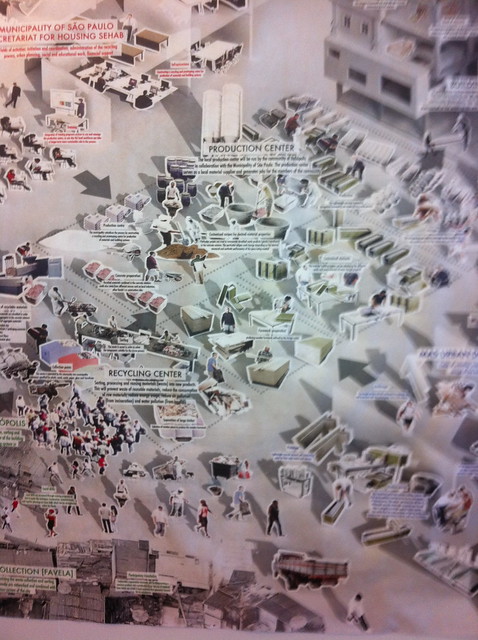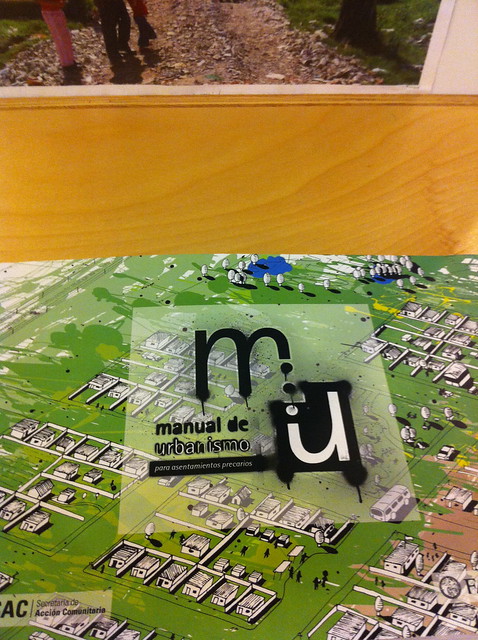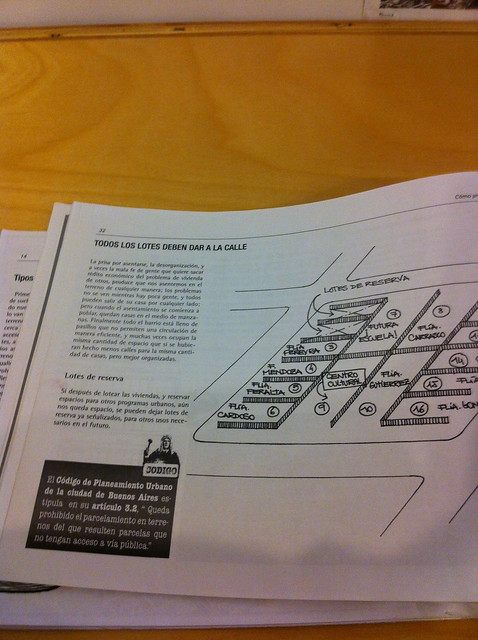
The name of this is Diagram of Urban Actors.
On the way to the Manhattan Street Grid exhibit at the MCNY last week (see here for a great article reviewing the exhibit), I stopped by the Design with the Other 90%: CITIES exhibit at the UN. Many of the projects have been well-documented in other exhibits - for example, in the recent MoMA exhibit Talk to Me or at the Center for Architecture in NYC.
The popularity of these projects in so many different exhibitions says something about the projects, perhaps that a good idea needs to integrate so many facets of what it takes to be sustainable and participatory and global that they can be viewed from many different angles.
The quality of public space continues to play a significant role in a community's ability to participate in any change-oriented project, yet there were only a couple of projects that focused on a public space itself. Though you could say that nearly all these projects are inherently about public space, whether they are physical, or about protecting the public realm.
a public gym
a communal kitchen
a public transportation system, a gathering place, etc.
There was one example of the participatory planning process (including participatory budgeting), but I would argue that nearly all these projects - from the exhibit cards - had public participation. While this doesn't happen nearly often enough and needs to scale globally in a significant way, it struck me that maybe planning, as a tool, perhaps doesn't need the emphasis that I once thought it should have. Maybe when the end-goal is better articulated for social, economic, and environmental benefits, the planning process itself is more naturally oriented to be more inclusive and strategic. What do you think?
As I looked at the projects in the exhibit, I couldn't help wondering what role Planning Corps might have in each of them. Perhaps none at all. In fact, one project was a manual on urbanism, so that informal settlements could establish a kind of order that would benefit the overall community. Here are some pages from the Manual for Urbanism:

(Manuals are something that Planning Corps has prepared as well.)
Planning Corps started out as an experiment. Was there a niche for planners to fill in the planning process? Could there be better match making between projects and planners? This exhibit made me think that maybe the thrust of the problem is that the problem is rarely defined correctly, which is why planners need to intervene in a strategic way. But if the projects were scoped appropriately from the beginning, intervention would no longer be necessary. Plus, if planners could always be strategic, then when process needs to change, all the actors can adapt. The need for a strategic process will never go away, but maybe the bad matching is not a procedural outcome, it's that we're not defining the problems correctly.
In fact, much of the preparation in advance of the monthly Planning Corps working sessions involved us re-structuring the process so that the group could be strategic. It wasn't that the group was magically strategic when they came together; we had to be very structured and careful about how we used the two hours we spent with members of the corps.
Planning Corps started as an experiment in 2010 and it's now 2012 - we're thinking about the year ahead. When you see better versions of your idea out there in public discourse, is it time to end your experiment?
1.03.2012
When do experiments end?
Posted by Shin-pei at 4:07 PM
Subscribe to:
Post Comments (Atom)
0 comments:
Post a Comment